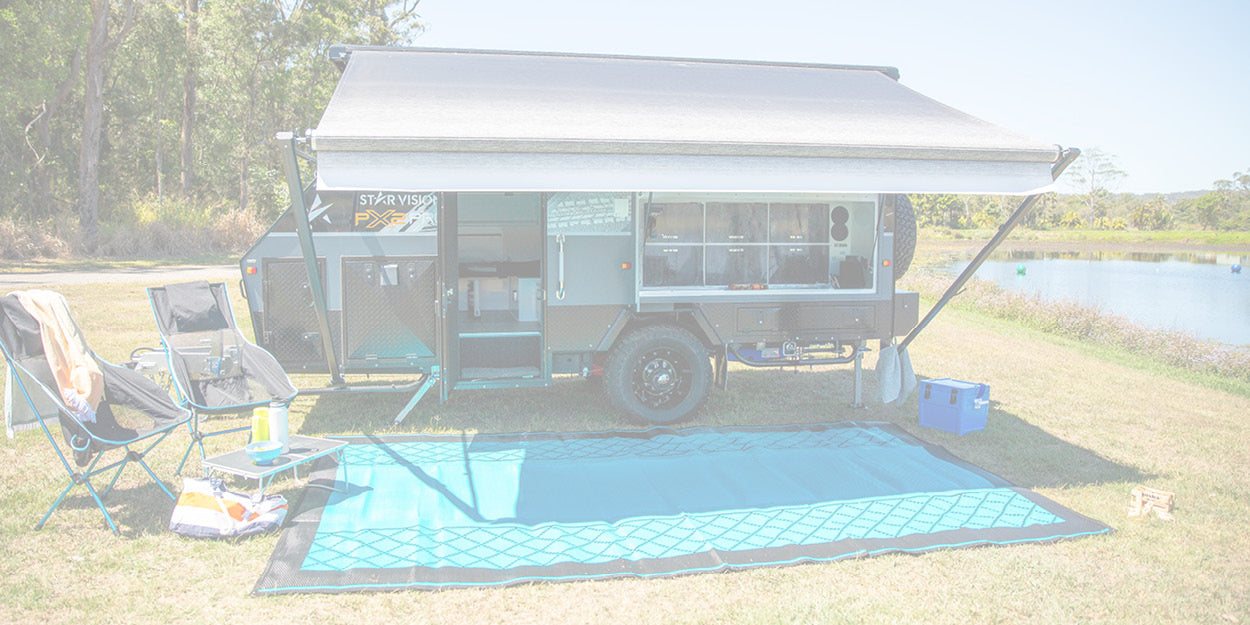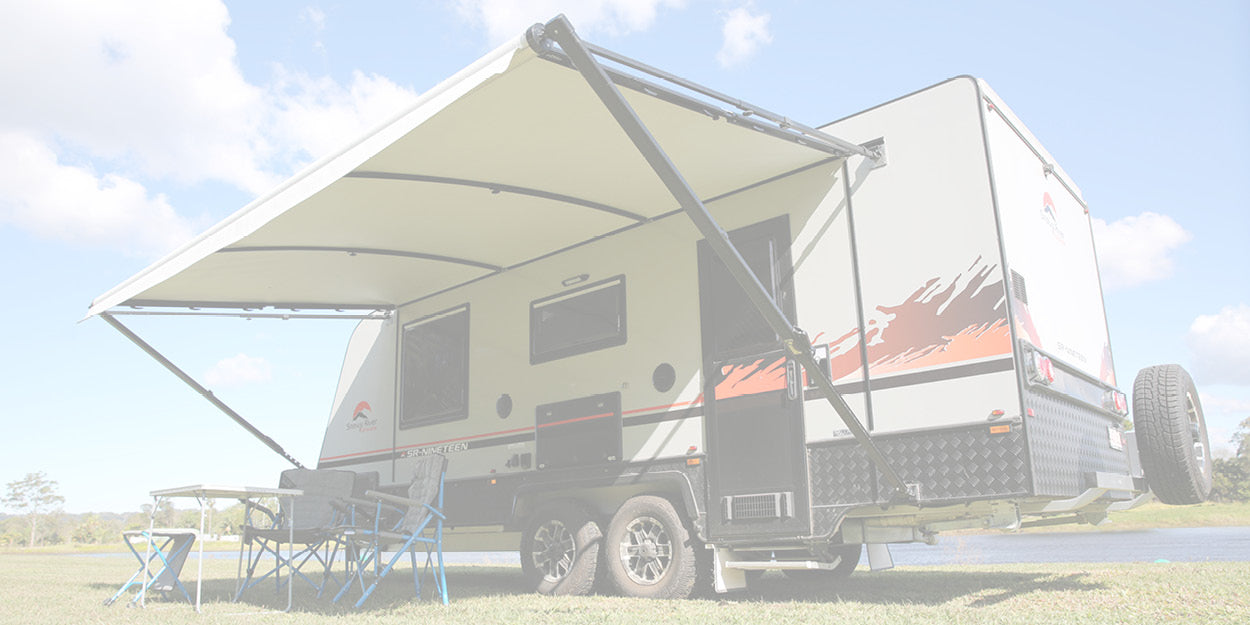Are you tired of dealing with pesky leaks that dampen your caravaning adventures, like a leaky caravan roof or small leaks seeping in from unexpected places? In this guide, we'll explore the essential steps to effectively seal any leaks in your caravan, ensuring a dry and comfortable environment for your travels. From identifying common leak sources like a leaking caravan roof to mastering the art of sealant application, we've got you covered with expert tips and tricks to banish "leaking" from your vocabulary and keep your caravan adventures worry-free.
Importance of Caravan Roof Sealant
As proud caravan owners, ensuring the integrity of our mobile homes is paramount. One of the common challenges faced by caravan enthusiasts is dealing with leaks, whether persistent roof leaks or minor leaks seeping in around windows or vents. Leaks compromise the comfort of your entire caravan and pose potential structural damage if left unaddressed.
A quick fix with a rubber seal might work for minor leaks, but understanding the importance of sealing leaks promptly, especially around the camper roof, is crucial to maintaining the value and longevity of your caravan. Liquid rubber sealant offers a long-lasting solution for sealing even the most stubborn leaks, ensuring your caravan adventures remain worry-free.
Identifying Common Caravan Leak Sources
Before diving into the seal repair process, it's essential to identify the common sources of leaks in your caravan. These may include:
- Roof Seams and Joints: Over time, the seams and joints on your caravan's roof can deteriorate due to exposure to weather elements, leading to potential water damage.
- Windows and Doors: Improperly sealed windows and doors can allow water to seep into your caravan during rainy conditions, causing internal damage.
- Skylights and Vents: Cracks or gaps around skylights and vents can become entry points for water infiltration, requiring an effective repair to prevent further issues.
- Exterior Panels: Damage to exterior panels, such as dents or punctures, can compromise your caravan's waterproofing, potentially leading to extensive water damage if left unaddressed.
While a quick fix with a rubber seal might work for minor leaks, a waterproof seal is crucial for long-lasting, effective repair and to prevent further water damage in your leaking caravan. Liquid rubber sealant offers an excellent solution for sealing even the most stubborn leaks, ensuring the longevity of your caravan and worry-free adventures.
Steps to Seal a Leaking Caravan
Now that you've identified potential leak sources, it's time to take action. Sealing a leaking caravan involves identifying the leak source, thoroughly cleaning the area, and applying a suitable sealant, such as liquid rubber, for long-lasting repair. After the sealant dries, test the area with water to ensure a successful fix.
Follow these steps to seal leaks in your caravan effectively:
Gather Necessary Materials
Sealing a leaking caravan requires a suitable sealant, like silicone or polyurethane-based, alongside tools like a caulking gun and cleaning supplies. For larger leaks, consider using a primer on the surface for better sealant adhesion and reinforcing fabric for added strength on areas like fibreglass panels. Most materials can be easily found at your local hardware store. Remember, regular maintenance and prompt repairs are crucial for preventing extensive water damage in your caravan.
Clean and Prepare the Surface
Begin by thoroughly cleaning the areas around the identified leaks. Use rubbing alcohol and a clean cloth to remove any dirt, grime, or old sealant residue. This step is crucial for ensuring proper adhesion of the new sealant. You might need to replace the old sealant completely with a fresh layer of polyurethane sealants or even liquid rubber for stubborn residue. Allow the cleaned surface to dry completely before proceeding with the sealing process.
Apply Sealant
Using a caulking gun, apply a generous bead of sealant, preferably butyl mastic sealants, along the seams, joints, or cracks where leaks are present. Pay particular attention to areas prone to water ingress, like around windows, doors, and roof seams. Ensure complete coverage, filling in any gaps or voids. Smooth out the sealant using a putty knife or scraper for a neat finish. Remember to regularly check these areas for signs of deterioration and repeat fixing as needed to prevent future leaks.
Allow Sealant to Cure
Allow the applied sealant to cure completely according to the manufacturer's instructions. This typically involves letting it dry for a specified period, ensuring it forms the best possible seal and effectively protects your caravan's walls from water damage and potential lead contamination.
Perform Water Test
Once the sealant has cured, perform a water test to ensure that leaks have been effectively sealed and prevent future water damage in your caravan or motorhome. Use a hose to spray soapy water onto the areas where leaks were previously present. Look for any signs of water infiltration, such as bubbles forming in the soapy water. This will help you identify any remaining leaks that may require further attention with sealants. Remember, a thorough water test is crucial to protect your caravan's roof and interior from potential water damage and its associated problems.



